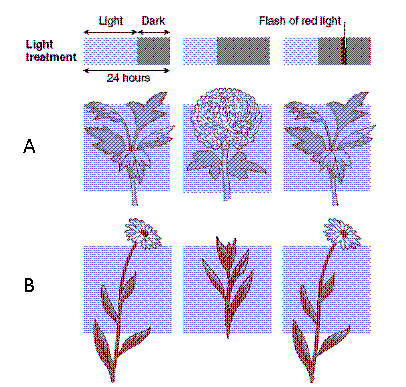The process of heating food, usually liquid, just enough to kill microbes without changing the food's basic qualities is termed ________
fermentation
pasteurization
respiration
transformation
pasteurization
You might also like to view...
The "X" shaped chromosomal hereditary material can be packaged in this organelle in eukaryotic cells but not in prokaryotic cells. This organelle is the:
A. ribosomes. B. mitochondria. C. nucleoid. D. chloroplast. E. nucleus.
Epidermolysis bullosa is a rare genetic disorder:
A. of a keratin gene that disrupts intermediate filaments, weakening epidermal cell connections. B. of a microfilament gene that disrupts desmosomes, weakening epidermal cell connections. C. of an intermediate filament gene that disrupts hemidesmosomes, weakening epidermal cell connections. D. of a keratin gene that disrupts microfilaments, weakening epidermal cell connections. E. All of these choices are correct.
Which of the following activities is not associated with cadherins?
A) segregation of cells to specific tissues B) paracellular transport C) embryonic development D) establishment of synaptic connections E) loss of activity associated with cancer
Refer to the accompanying figure. What does the photoperiodic response of the plant in Row A suggest?

a. A brief dark period is the light cue that induces flowering.
b. A brief daylight period is the light cue that induces flowering.
c. A long uninterrupted daylight period is the light cue that induces flowering.
d. A long uninterrupted dark period is the light cue that induces flowering.
e. A determination cannot be made from the data provided.